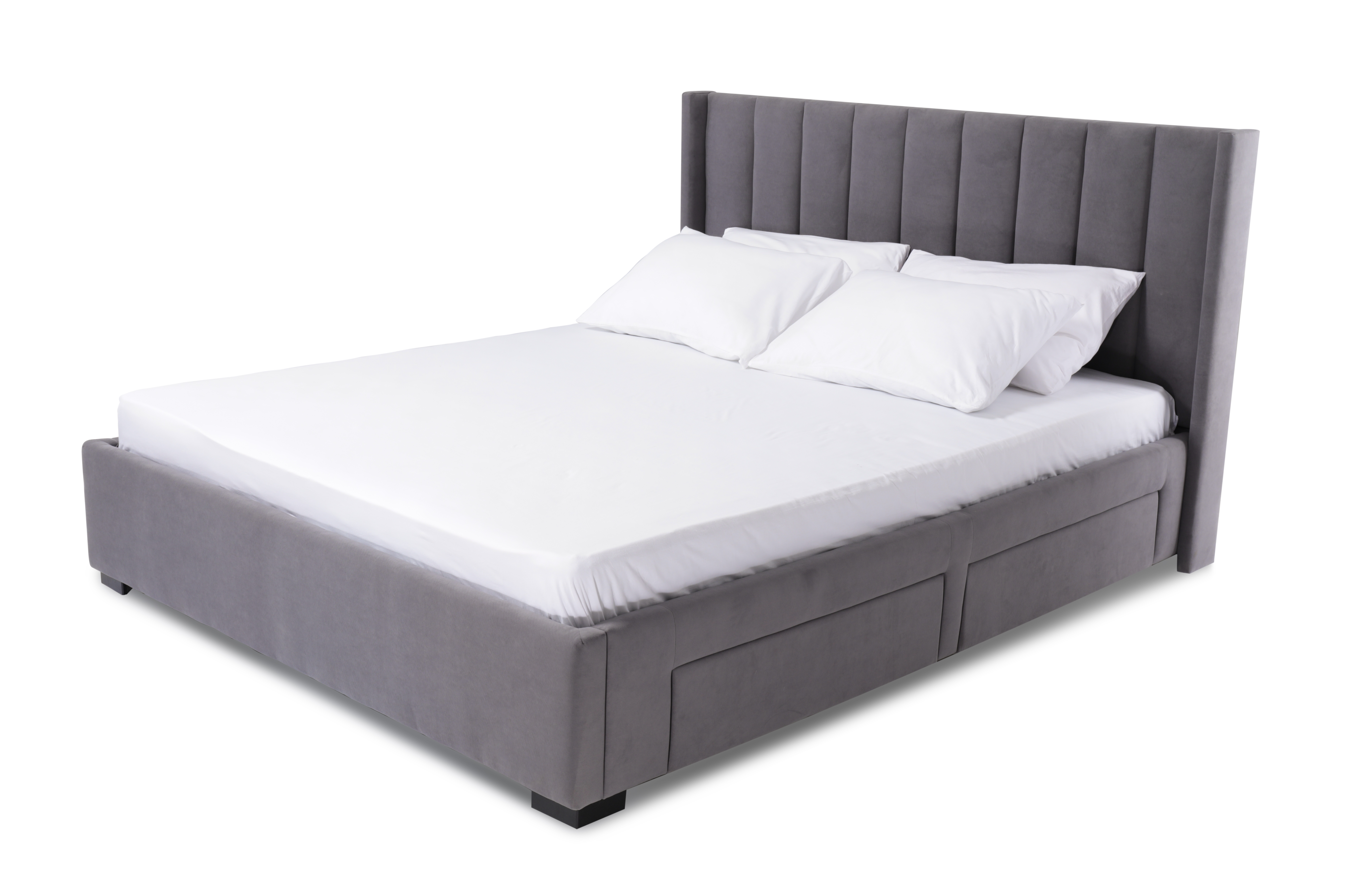How fine-weave screens reduce insect-borne disturbance in residential spaces
This article is for informational purposes only and should not be considered medical advice. Please consult a qualified healthcare professional for personalized guidance and treatment. Fine-weave window and door screens act as a durable physical barrier that reduces insect-borne disturbance in residential spaces. By pairing tightly woven mesh fabric with careful home sealing and appropriate openings, occupants can limit the entry of mosquitoes and other small flying pests while preserving airflow. Bed canopies and portable travel mesh provide targeted protection for sleeping areas. The sections below explain materials, installation, ventilation, maintenance, and how screens complement broader pest control and vector prevention efforts.

This article is for informational purposes only and should not be considered medical advice. Please consult a qualified healthcare professional for personalized guidance and treatment.
Fine-weave window and door screens act as a durable physical barrier that reduces insect-borne disturbance in residential spaces. By pairing tightly woven mesh fabric with careful home sealing and appropriate openings, occupants can limit the entry of mosquitoes and other small flying pests while preserving airflow. Bed canopies and portable travel mesh provide targeted protection for sleeping areas. The sections below explain materials, installation, ventilation, maintenance, and how screens complement broader pest control and vector prevention efforts.
Insect barrier: How do fine-weave screens limit insect entry?
Fine-weave screens perform as a physical insect barrier by reducing the size of openings that insects can use to enter living spaces. A finer weave blocks smaller mosquitoes and midges that standard screens might miss, while proper frame fitting and sealed edges eliminate gaps around windows and doors. When gaps are minimized, indoor insect activity drops, resulting in fewer bites and less behavioral disturbance. Combining screens with door sweeps and sealed vents strengthens protection without relying solely on insecticide treatments.
Mesh fabric: Which materials and weave rates matter?
Mesh fabric selection affects longevity, visibility, and airflow. Common materials include polyester and polyethylene, chosen for UV resistance, tear strength, and resistance to stretching. Weave density determines the maximum insect size that can pass: a higher thread count blocks smaller vectors but slightly reduces airflow and visibility. For most homes, a balance that preserves ventilation while excluding local pests is advisable. Consider local pest types and climate when selecting mesh fabric and consult product specifications for pore size and durability.
Bed canopy: Do canopies improve sleep comfort?
A bed canopy creates a dedicated protected space around sleepers, improving perceived sleep comfort in areas with active biting insects. Fine-weave bed canopies prevent small mosquitoes from reaching sleeping individuals while maintaining breathability. Indoor-use canopies pair well with window screening to create layered protection. For households with infants or people sensitive to insect bites, a properly sized canopy can reduce nocturnal disturbance and help maintain regular sleep patterns without chemical repellents.
Screening and ventilation: How is airflow balanced with sealing?
Effective screening balances insect exclusion and ventilation. Fine-weave screens can reduce airflow marginally, so planning for cross-ventilation and larger openings helps maintain indoor comfort. Home sealing focuses on eliminating unintended gaps while preserving deliberate ventilation paths such as screened vents or screened openings for HVAC intakes. Properly installed screens and well-sealed frames permit natural air exchange that reduces indoor heat buildup while still minimizing insect ingress.
Pest control and vector prevention: How do screens fit broader strategies?
Screens are one element of integrated pest control and vector prevention: they reduce human–vector contact without introducing chemicals. In residential settings, screening complements source control (removing standing water and habitat), targeted insecticide use when necessary, and community measures. For outdoor sleeping or temporary stays, travel mesh and campsite protection extend this benefit. While screens do not reduce insect populations directly, consistent use lowers exposure risk and supports public health measures by preventing bites and potential pathogen transmission.
Fabric care and home sealing: How to maintain effectiveness?
Regular fabric care and inspection extend screen effectiveness. Clean mesh fabric gently to remove dust and debris that can reduce airflow; repair small tears promptly to restore the insect barrier. Inspect spline, frames, and fasteners for UV damage or loosening and replace components as needed. For travel mesh, ensure fabrics are dry before storage and fold or roll them to avoid creases and abrasion. Routine maintenance of both screens and home sealing preserves durability, appearance, and protective performance over time.
In summary, fine-weave screens reduce insect-borne disturbance in residential spaces by providing a physical barrier that blocks small flying pests while allowing ventilation. Selecting appropriate mesh fabric, installing screens with careful home sealing, and maintaining fabric care extend protection. Bed canopies and travel mesh add targeted protection for sleeping areas and temporary sites, and screening works best when combined with broader pest control and vector prevention practices.






